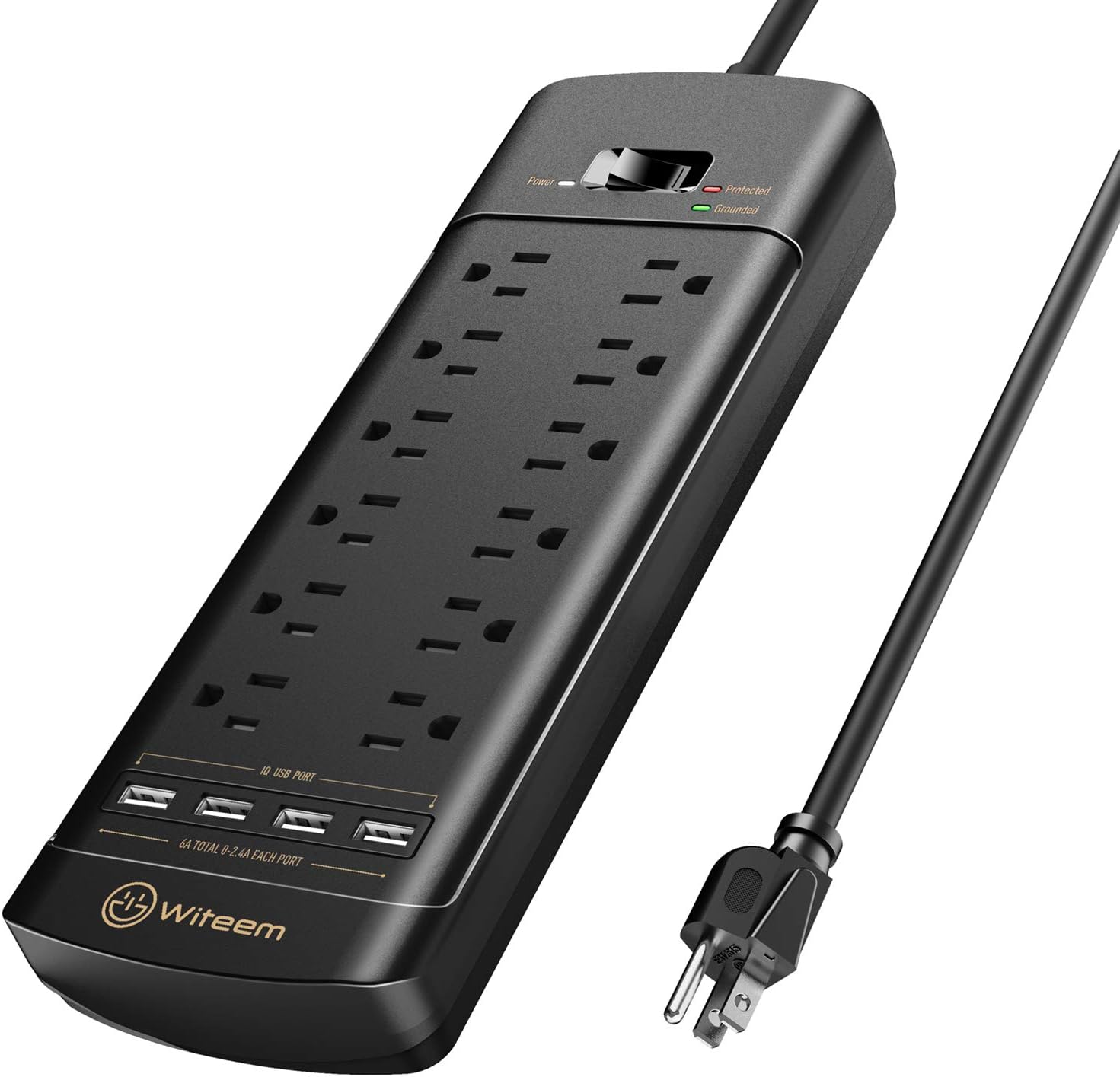

Articles
How Long Does Surge Protector Last
Modified: March 1, 2024
Discover how long surge protectors typically last and learn about articles on how to extend their lifespan. Protect your electronics from power surges!
(Many of the links in this article redirect to a specific reviewed product. Your purchase of these products through affiliate links helps to generate commission for Storables.com, at no extra cost. Learn more)
Introduction
Surge protectors are an essential component of any electronic setup, providing a safeguard against power spikes and surges that could potentially damage your valuable devices. They are designed to divert excess electrical energy away from your equipment, ensuring their longevity and uninterrupted functionality. However, like any electronic device, surge protectors have a finite lifespan and deteriorate over time.
In this article, we will explore the factors that affect the lifespan of surge protectors, the common lifespan of these devices, signs that indicate a surge protector’s decline, and tips for extending their lifespan.
Understanding these factors and signs will help you make informed decisions about when to replace your surge protector and ensure that your electronics remain protected. So, let’s dive in and learn more about the lifespan of surge protectors!
Key Takeaways:
- Surge protectors typically last 3 to 5 years, but quality, power surges, and maintenance play a role. Invest in high-quality protectors, monitor load capacity, and replace when necessary to ensure optimal protection for your electronics.
- Signs of a surge protector’s decline include LED indicator issues, frequent power surges, physical damage, and reduced power capacity. Regular maintenance, monitoring load capacity, and prompt replacement are crucial for effective protection.
Read more: How Long Does A Ryobi 18V Battery Last
Factors Affecting the Lifespan of Surge Protectors
Several factors come into play when determining the lifespan of a surge protector. By understanding these factors, you can gain insight into the longevity of your device and make informed decisions about its replacement. Let’s take a closer look at some crucial factors:
- Power Surges: The primary function of a surge protector is to absorb and redirect power surges. Over time, repeated exposure to high voltage spikes can take a toll on the internal components of the surge protector. The severity and frequency of power surges can vary depending on your location and the quality of your electrical supply.
- Quality of the Surge Protector: Not all surge protectors are created equal. Different models and brands offer varying levels of protection. Investing in a high-quality surge protector that meets industry standards can contribute to a longer lifespan.
- Load Capacity: Each surge protector has a maximum load capacity, which refers to the total amount of power it can handle. Exceeding this limit can cause overheating and premature failure of the device. It is essential to choose a surge protector that can handle the power requirements of your connected devices.
- Environmental Factors: The environment in which the surge protector operates can also impact its lifespan. Excessive heat, humidity, and dust can accelerate wear and tear, leading to a shorter lifespan. Proper ventilation and regular maintenance are vital to ensure optimal performance and longevity.
- Age and Maintenance: As with any electronic device, older surge protectors are more susceptible to failure. Components wear out over time, reducing overall effectiveness. Regular maintenance, such as dusting off the device and ensuring proper connections, can help prolong its lifespan.
- Power Outages: While surge protectors are designed to handle power surges, they are not designed to withstand extended power outages. During a power outage, the surge protector continues to provide power to connected devices using its internal battery. Frequent or prolonged power outages can undermine the surge protector’s battery life and overall functionality.
It is important to consider these factors when assessing the lifespan of your surge protector. Understanding the risks and taking appropriate measures can help you maximize its effectiveness and protect your valuable electronic equipment. Now that we understand the contributing factors let’s explore the typical lifespan of surge protectors.
Common Lifespan of Surge Protectors
The lifespan of a surge protector can vary depending on various factors, including the quality of the device, the frequency and severity of power surges, and how well it is maintained. On average, a surge protector can last anywhere from 3 to 5 years. However, it is essential to note that this is a general estimate, and individual results may vary.
The quality of the surge protector plays a significant role in determining its lifespan. Higher-quality surge protectors, usually made with better components and advanced surge suppression technology, tend to last longer. Investing in a reliable surge protector from a reputable brand can provide you with a more extended lifespan and better protection for your electronics.
In areas where power surges are more frequent or severe, surge protectors may have a shorter lifespan. Locations prone to lightning strikes or areas with unreliable power grids can increase the likelihood of power surges, putting more stress on the surge protector. It is crucial to assess the power conditions in your area and choose a surge protector that can handle the specific challenges of your location.
Proper maintenance is also essential in extending the lifespan of a surge protector. Regularly cleaning and inspecting the device can help identify any potential issues and ensure optimal performance. Additionally, following the manufacturer’s guidelines for usage, such as not exceeding the load capacity and avoiding exposure to extreme temperatures, can help prolong the surge protector’s lifespan.
It’s essential to monitor the condition of your surge protector over time and be aware of any signs that indicate a decline in its functionality. Understanding these signs will help you make an informed decision about when to replace your surge protector and provide adequate protection for your electronic devices.
Now, let’s delve into the signs that indicate a surge protector’s decline.
Surge protectors typically last around 3-5 years, but this can vary based on usage and the level of protection provided. It’s important to regularly inspect and replace surge protectors to ensure continued safety for your electronics.
Signs of a Surge Protector’s Decline
As surge protectors age, they may exhibit certain signs that indicate a decline in their effectiveness and overall functionality. It is crucial to be aware of these signs to ensure the continued protection of your electronic devices. Here are some common signs to watch out for:
- LED Indicator Lights: Most surge protectors are equipped with LED indicator lights that signify their operational status. If you notice that the indicator light is no longer lit or is flickering, it could be a sign of an internal issue with the surge protector.
- Power Surges Occurring Frequently: If you are experiencing power surges more frequently, it could be an indication that the surge protector is no longer effectively diverting excess voltage. This could be due to internal component degradation or wear and tear.
- Damage to the Surge Protector: Physical damage such as cracks, breaks, or melting of the surge protector can compromise its functionality. If you notice any visible damage, it is essential to replace the surge protector immediately.
- Devices Not Powering On: If your electronic devices are not turning on even when plugged into the surge protector, it could be a sign that the surge protector is no longer providing power. This could indicate a failure in the surge protector’s internal circuitry.
- Burning Smell or Strange Noises: Unusual smells, such as a burning odor, or strange noises coming from the surge protector can indicate a serious internal issue. This could be a result of overheating or electrical problems, and immediate replacement is recommended.
- Reduced Power Capacity: Over time, surge protectors may lose their ability to handle the maximum load capacity as advertised. If you find that devices connected to the surge protector are experiencing power issues or the surge protector is tripping frequently, it may be time to replace it.
It is important not to ignore these signs and promptly address any issues with your surge protector. Continued use of a malfunctioning surge protector can put your electronics at risk and negate the protection it is designed to provide. Regularly inspecting your surge protector and being vigilant about these signs will help you make informed decisions about when it is time for a replacement.
Now that we have discussed the signs of a surge protector’s decline, let’s explore some tips for extending their lifespan.
Extending the Lifespan of Surge Protectors
While surge protectors have a limited lifespan, there are steps you can take to maximize their longevity and ensure optimal performance. Here are some tips for extending the lifespan of your surge protectors:
- Invest in a Quality Surge Protector: Choosing a surge protector from a reputable brand with high-quality components can significantly impact its lifespan. Look for surge protectors that meet industry standards and offer advanced surge suppression technology.
- Monitor the Load Capacity: Exceeding the maximum load capacity of a surge protector can cause overheating and premature failure. Make sure to calculate the power requirements of your connected devices and choose a surge protector with a suitable capacity.
- Avoid Overloading Outlets: Overloading outlets can lead to power surges and put strain on the surge protector. Distribute your electronic devices across multiple outlets and avoid using power strips in conjunction with already overloaded surge protectors.
- Keep the Surge Protector Cool: Excessive heat can damage the internal components of a surge protector. Ensure proper ventilation by keeping the device away from heat sources and avoiding covering it with other objects.
- Regularly Inspect the Surge Protector: Perform regular visual inspections of the surge protector for any signs of physical damage. Cracks, breaks, or melted parts indicate a compromised device and should be replaced immediately.
- Follow Proper Maintenance Practices: Dust and debris can accumulate over time and affect the performance of the surge protector. Regularly clean the device using a soft cloth or compressed air to remove any build-up and maintain proper connections.
- Unplug During Electrical Storms: During severe electrical storms, it is advisable to unplug your electronic devices, including the surge protector, from the power source. This helps protect them from potential lightning strikes and power surges that could damage the surge protector.
- Replace When Necessary: Keep track of the age of your surge protector and be mindful of any signs of decline. If you notice any significant issues or the surge protector reaches its recommended lifespan, it is essential to replace it to maintain reliable and effective protection.
By following these tips, you can significantly extend the lifespan of your surge protector and ensure that your electronic devices remain protected. Take proactive measures to maintain and care for your surge protector, and it will continue to serve its purpose for an extended period.
As we wrap up, let’s summarize the key points we’ve discussed so far.
Read more: How Many Amps Does A Surge Protector Use
Conclusion
Surge protectors play a vital role in safeguarding our electronic devices from power spikes and surges. Understanding the factors that affect their lifespan, recognizing signs of decline, and taking steps to extend their longevity is crucial in maintaining effective protection.
We have explored the factors that impact the lifespan of surge protectors, including power surges, the quality of the device, load capacity, environmental factors, age, and power outages. These factors highlight the importance of investing in a high-quality surge protector, monitoring load capacity, and considering the power conditions in your area.
Additionally, we discussed the common signs of a surge protector’s decline, such as LED indicator lights not functioning, frequent power surges, physical damage, devices not powering on, burning smells or strange noises, and reduced power capacity. Recognizing these signs will help you make informed decisions about when it’s time to replace your surge protector for continued protection.
To maximize the lifespan of your surge protector, we provided tips such as investing in quality protectors, monitoring load capacity, avoiding overloading outlets, maintaining proper ventilation, regularly inspecting the device, following proper maintenance practices, unplugging during electrical storms, and replacing when necessary.
By implementing these practices, you can prolong the life of your surge protector and ensure optimal performance in protecting your precious electronic devices.
In conclusion, being proactive in understanding, monitoring, and maintaining surge protectors is essential for their longevity and effectiveness. Continuously evaluating the condition of your surge protector and staying vigilant about potential signs of decline will help ensure the ongoing protection of your electronics.
So, remember to invest in a quality surge protector, monitor load capacity, follow maintenance practices, and replace when necessary. By doing so, you can extend the lifespan of your surge protector and enjoy the peace of mind that your electronic devices are well protected.
Thank you for reading, and stay safe!
Frequently Asked Questions about How Long Does Surge Protector Last
Was this page helpful?
At Storables.com, we guarantee accurate and reliable information. Our content, validated by Expert Board Contributors, is crafted following stringent Editorial Policies. We're committed to providing you with well-researched, expert-backed insights for all your informational needs.






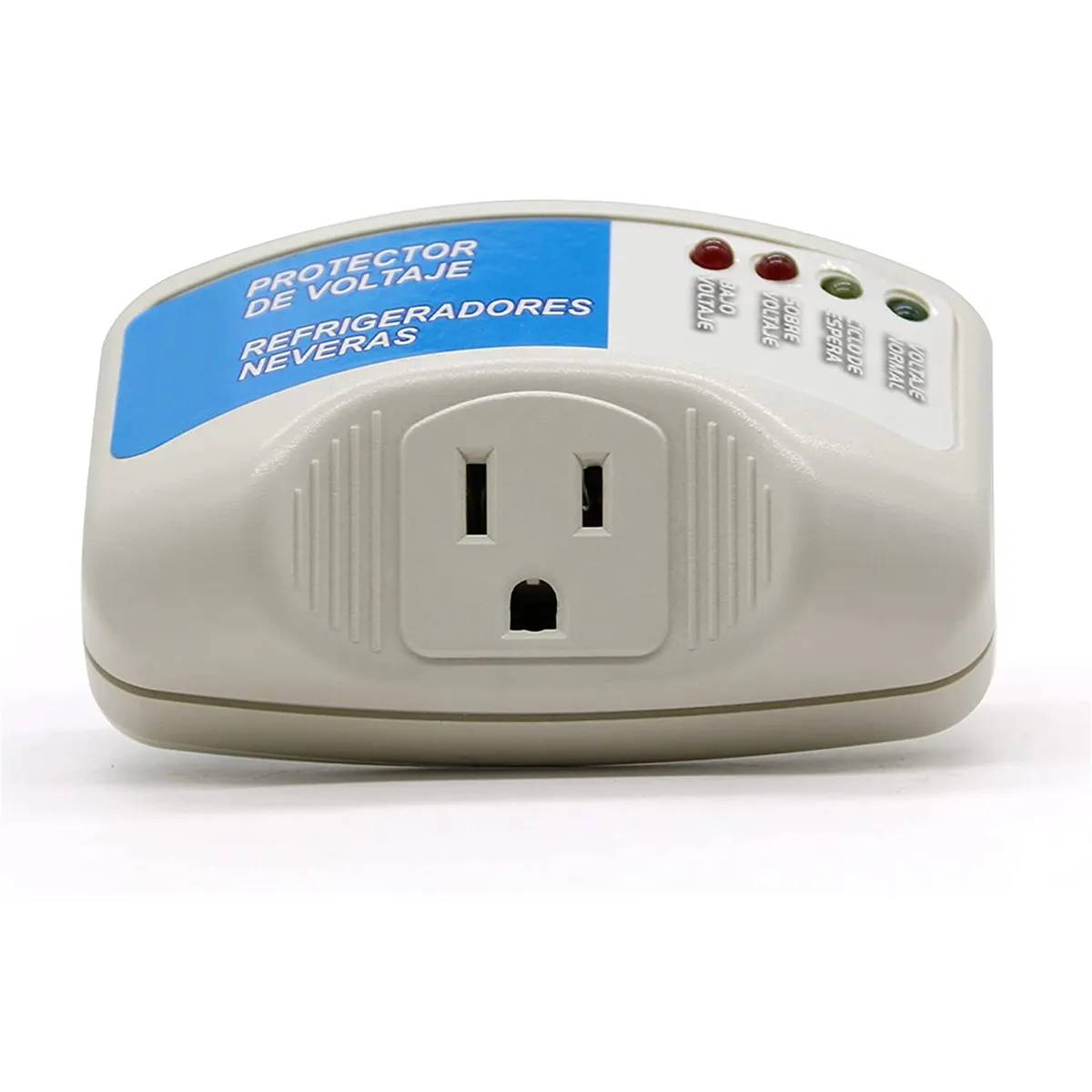

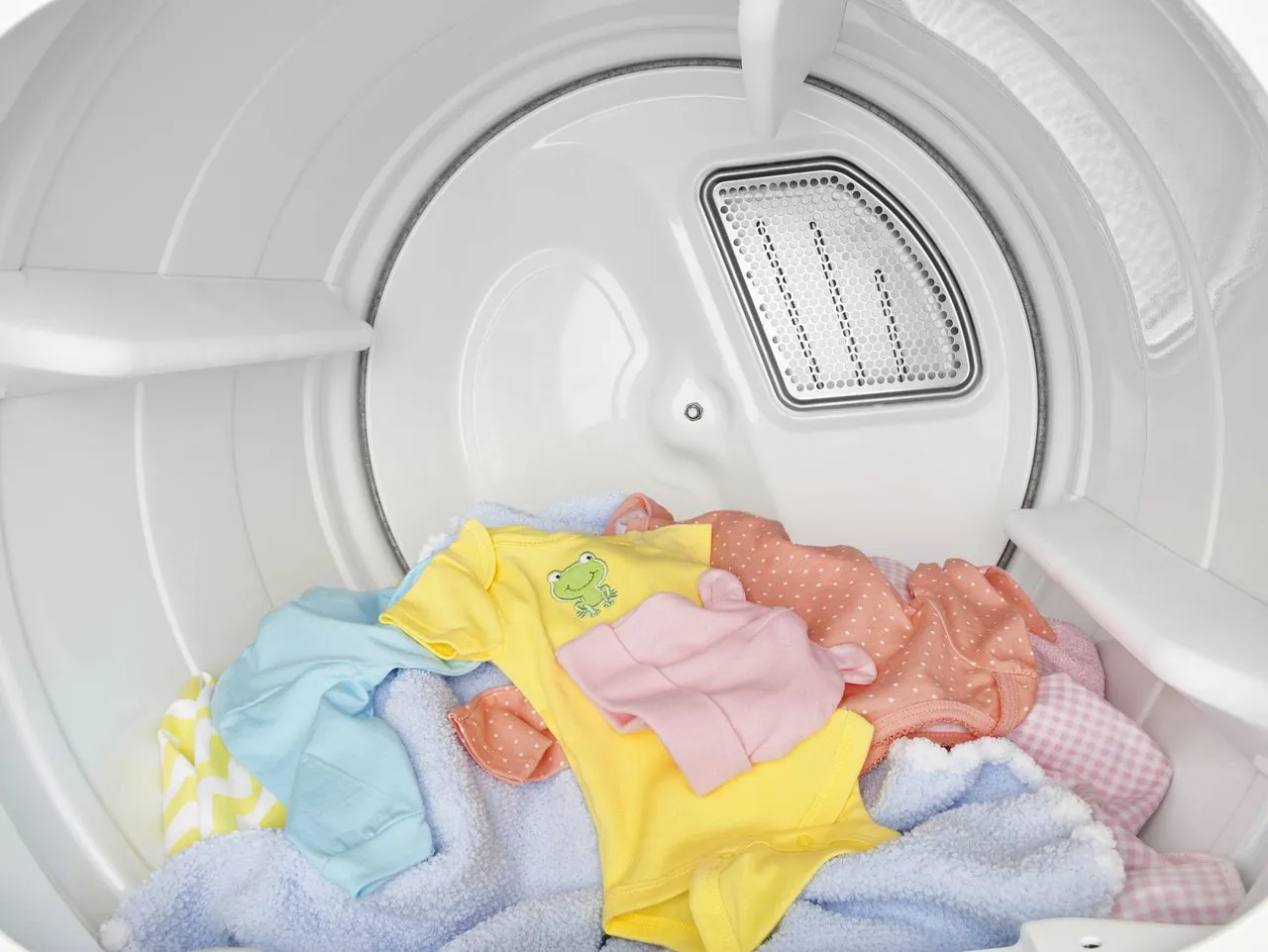

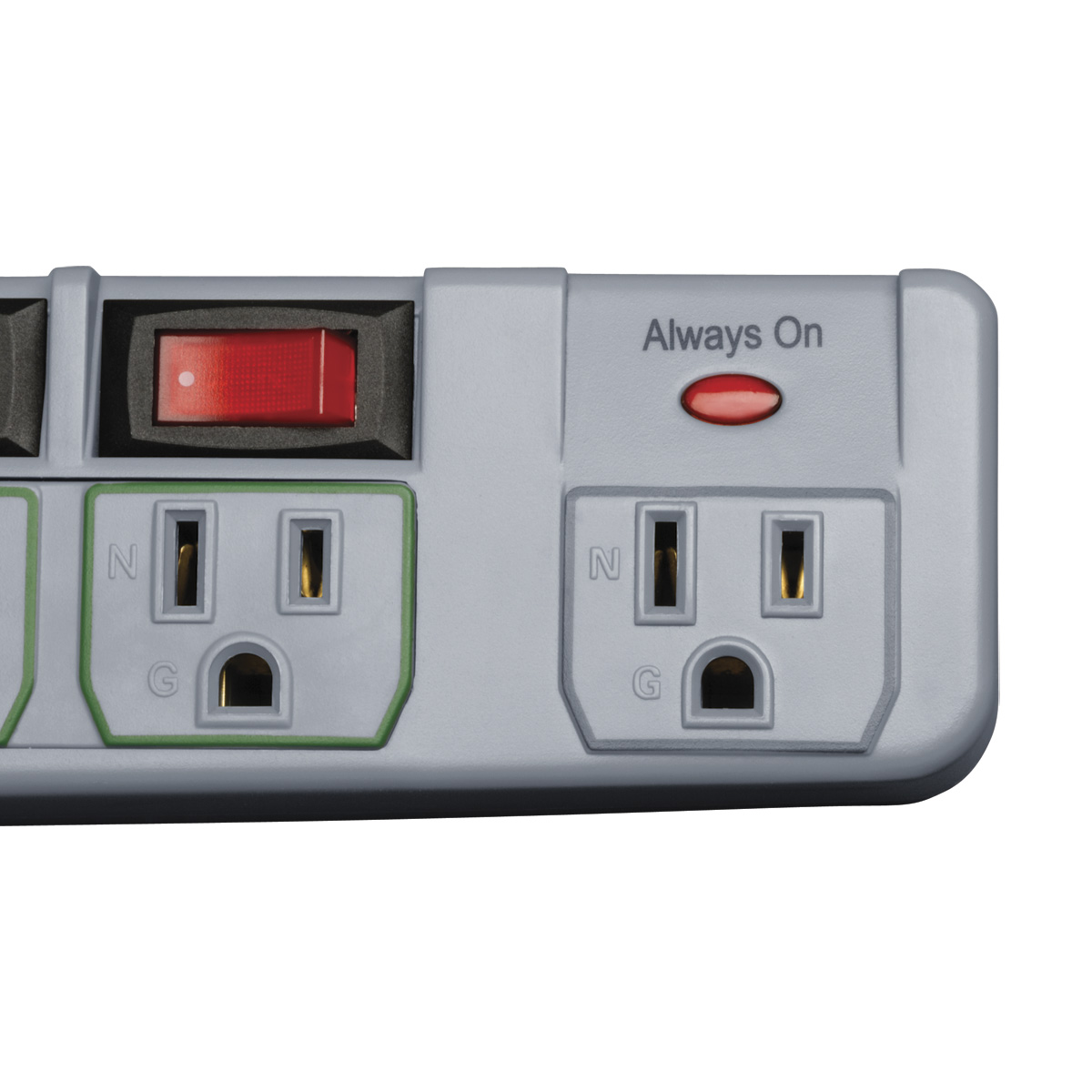
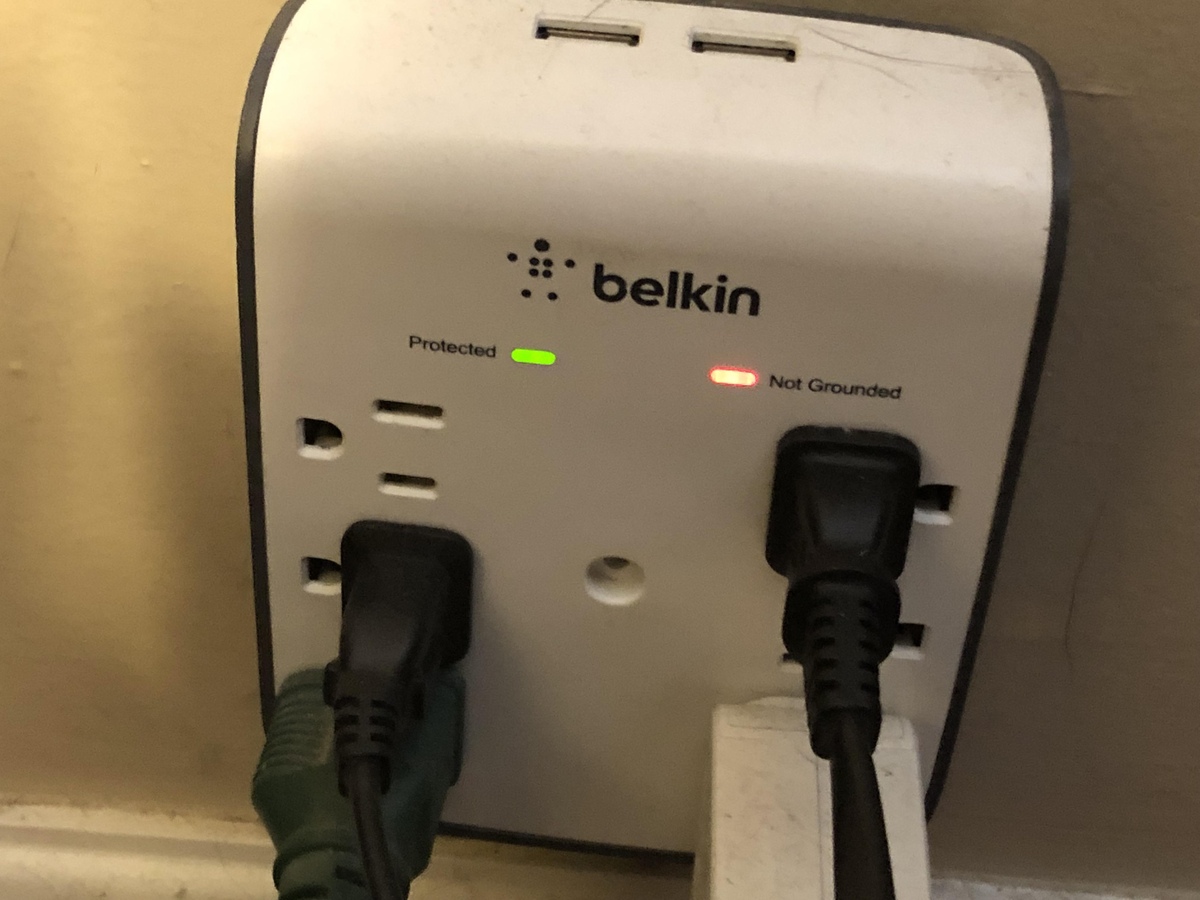

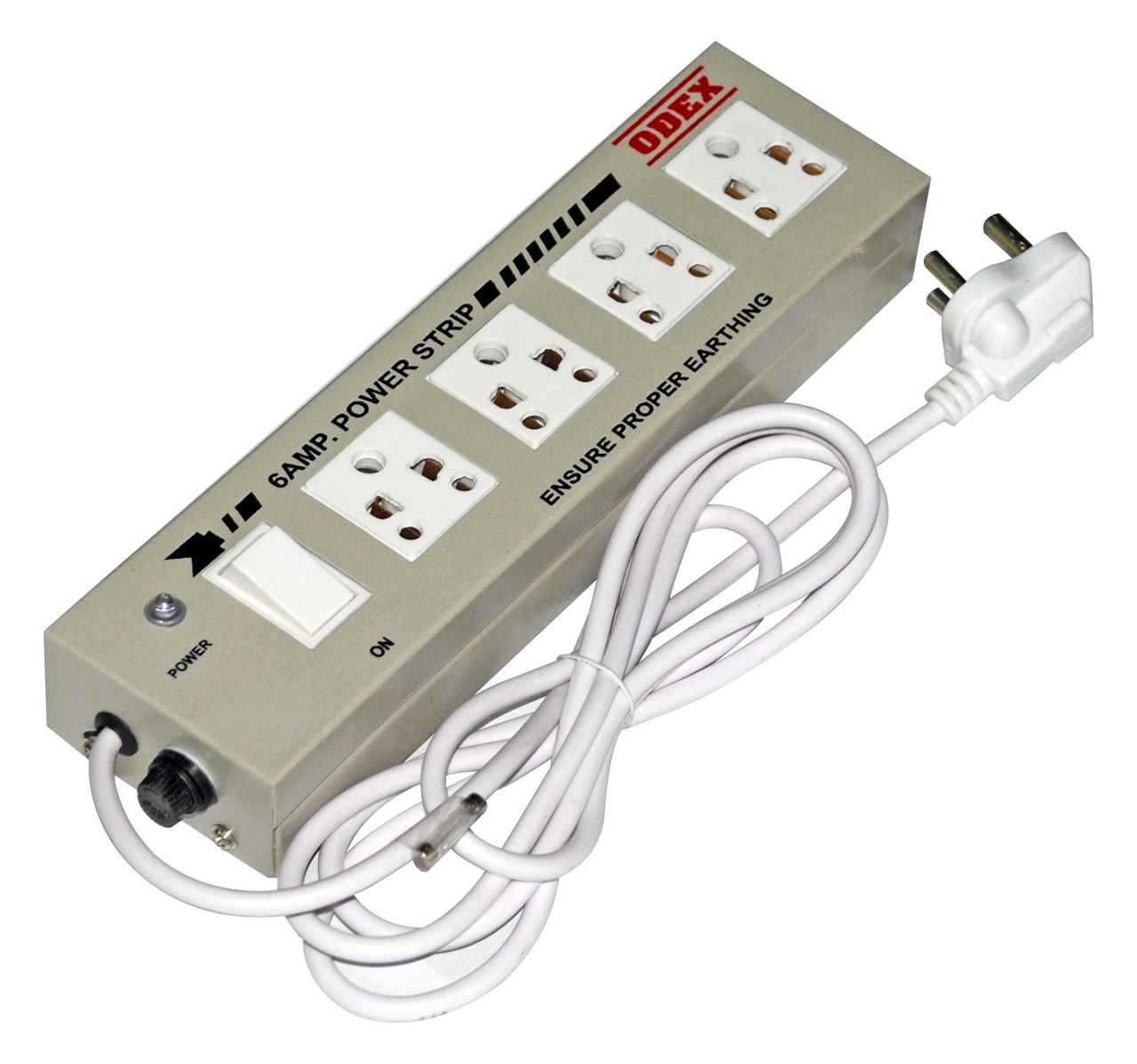

0 thoughts on “How Long Does Surge Protector Last”